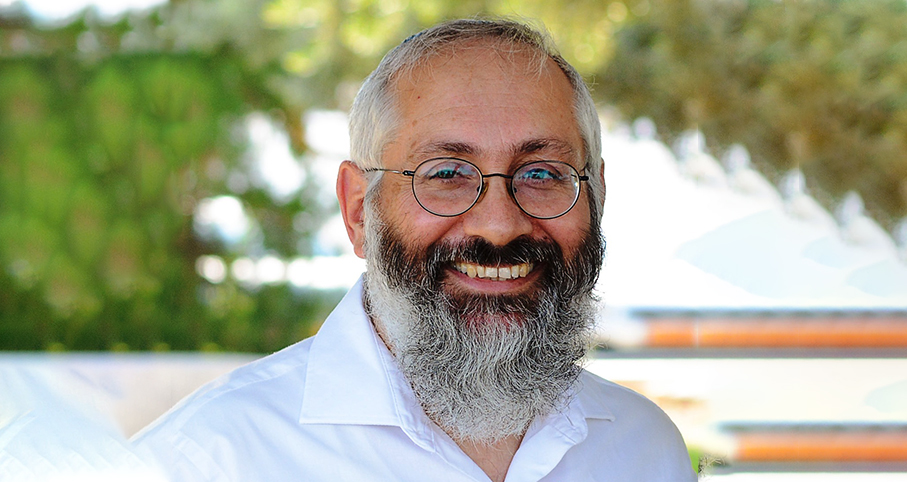Beit Midrash
- Sections
- Chemdat Yamim
- Parashat Hashavua
- Torah Portion and Tanach
- Shmot
- Shmot
Why are so many elements in Tanach only clarified by connecting different sections of Biblical text? We should understand that all of Tanach is one book, which is composed of 24 sub-books. Therefore, a full picture is only possible after seeing all of the places in which Tanach deals with the event or idea at hand. Chazal coined the following phrase to deal with this phenomenon: "The words of the Torah are poor in one place and rich in another" (Yerushalmi, Rosh Hashana 3:5). The appearance of a certain topic in multiple sources allows us to compare and contrast them and to receive additional depth and dimension.
The prophet Yirmiyahu provided the basis for expressing and analyzing this matter: "Indeed, My words, said Hashem, are like fire and like a hammer that smashes rock" (Yirmiyahu 23:29; see Shabbat 88b; Sifrei, B’haalotcha 102). This means, in context, that due to the divine source of Torah, we are not able to absorb the whole divine message at one time, and, therefore, the Torah breaks it up into multiple appearances that enable human comprehension. The Yerushalmi (Nedarim 3:2) uses this idea to illustrate the phenomenon of different words being "spoken" by Hashem at the same moment at Sinai (e.g., zachor and shamor, and shav and sheker).
The full picture is achieved only when we learn all of the contexts in which the matter comes up, as upon making the proper analysis, the pieces form together into one complete picture. This is based on the firm belief that all of Tanach is one work. The first part, Torah, was given to Moshe directly by Hashem. The second part, Nevi’im, was given by means of prophecy to the prophets from the time of Yehoshua to that of Chagai, Zecharia, and Malachi. Ketuvim, the third part, was written with ruach hakodesh (divine spirit) and was completed with the writing of Megillat Esther. At that point, it became a closed work, not to be added on to and not to be reduced in size by even the slightest amount. However, the messages could be spread out in myriad ways throughout the unified masterwork.
The story of Moshe’s birth was also broken into small pieces as it came down from the Heavens into a physical world, as it was given to human beings who were created from earth and return to earth. Delving into Torah study enables us to reunite the broken pieces of physicality into a unified spiritual concept, whose source is from the One Creator.
As we often do, we stress that the search for unity in all forms is the basis of our existence and success.

Parashat Hashavua: Can One Give a Loan to Hashem? – part I
Rabbi Yossef Carmel | Elul 5785

Parashat Hashavua: “All Creation Will Know” – part II
Rabbi Yossef Carmel | Av 5785

Retribution and Revenge
Rabbi Jonathan Sacks
























